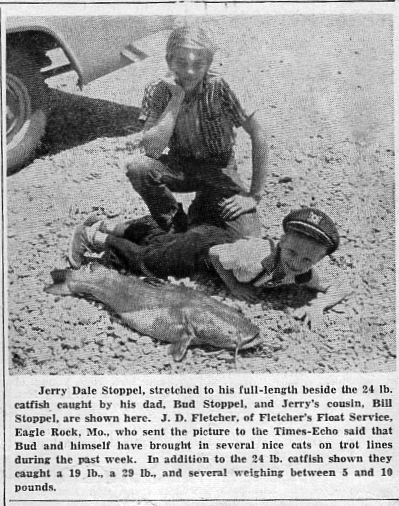Jim and Mary Lee Penson were on their way to Branson in October 1973 when, on the spur of the moment, they decided to stop in Eureka Springs to see the Great Passion Play. They were investigating locations where they could develop a campground and RV park, so the next morning they talked to Gerald Fowler, a Realtor in town. As it turned out, he had just listed a campground for sale located in the curve of US 62 at the top of Rockhouse Road called the Hitch-N-Post. The Pensons bought it.
Jim and Mary Lee Penson were natives of Shawnee, Oklahoma, but had spent the previous 11 years in the Oakland, California area. Jim said it was ten years too many.
Mary Lee worked for the Heart of the Ozarks Realty and Bromstad Abstract at 26 Spring Street. She sat at the desk by the big plate glass window and it would vibrate so much that she half expected it to fall in on her. Colonel King and Fonta Mackie were the partners who owned the business and they would fight like cats and dogs so much that people who didn’t know them always thought that they must be married.
Between 8 and 8:30 every morning, Mary Lee would park her car where the Flat Iron Building is now. She would walk up Spring Street and the aroma from Claude Bingaman’s bakery smelled so scrumptious she’d find herself going in against her will to buy a half-dozen donuts for the office. Claude Bingaman would say, “No calories in these donuts. They won’t make you fat.”
At lunchtime, Fonta Mackie didn’t like going in the High Hat to pick up food, so she’d send Mary Lee for hamburgers for lunch. Inevitably, a man on a barstool sipping beer would say, “Mrs. Mackie has you doing her dirty work again.”
The Hitch-N-Post was sold several years ago (actually they had to sell it twice), and Jim has passed away, but Mary Lee volunteers at a local assisted living facility where none of the residents are local people, and she can tell stories about how Eureka Springs used to be.



